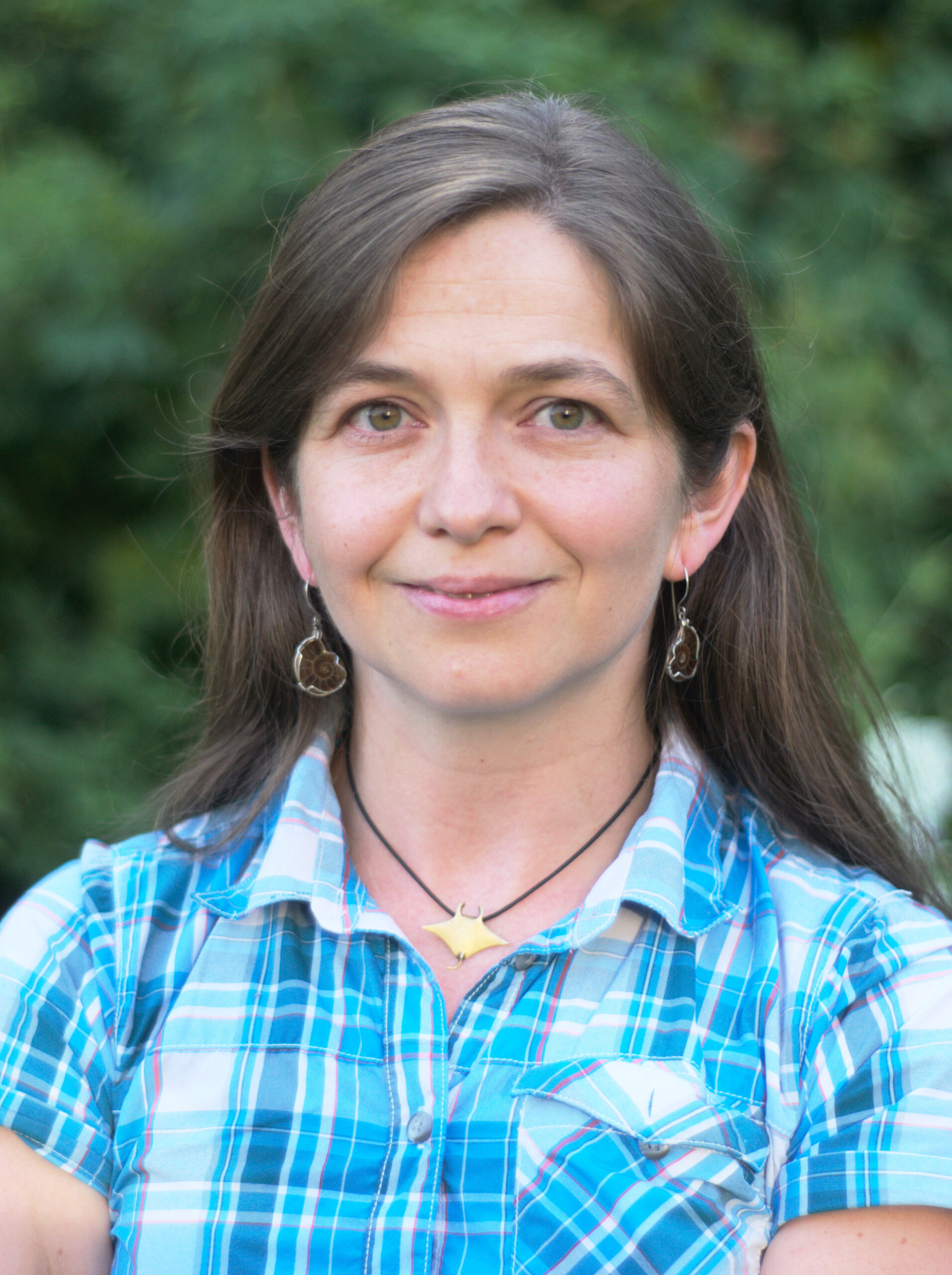MIPSE Seminar
The APEX (A Positron-Electron eXperiment) Collaboration: Progress & Future Developments
This event is free and open to the publicAdd to Google Calendar

Abstract: Laboratory studies of quasineutral “pair” plasmas, in which the positively and negatively charged particles have the same mass, are a compelling frontier in fundamental plasma physics research. More than four decades of theory and simulation studies offer a wealth of predictions for how the collective behavior of such an unusually symmetric plasma is expected to compare to that of conventional plasmas. To experimentally test some of these predictions, the goal of the APEX (A Positron Electron eXperiment) Collaboration is to create and study confined, strongly magnetized electron-positron pair plasmas in the laboratory. Our “road map” involves unifying and advancing state-of-the-art physics and engineering in several areas, including: extended accumulation and high-capacity storage of large numbers of positrons, originating from a world-class positron source; two superconducting, tabletop-sized, toroidal confinement devices with complementary magnetic topologies (a levitated dipole and a stellarator), in which the positrons will be combined with electrons and their plasma properties studied; and the development and verification of a number of essential enabling techniques (e.g., efficient transport of positrons across magnetic flux surfaces and subsequent trapping). This seminar will offer an overview of the collaboration’s recent progress and upcoming milestones en route to pair plasma studies.
About the Speaker: Eve V. Stenson is a scientist and group leader at the Max Planck Institute for Plasma Physics (IPP), Germany, where she coordinates the international APEX collaboration. The most recent addition to the collaboration is the EPOS (Electrons and Positrons in an Optimized Stellarator) project, her Helmholtz Young Investigator Group. Prior to getting into the business of “antimatter containment fields”, she earned her Ph.D. from Caltech studying the dynamics of arched, plasma-filled flux tubes generated with pulsed-power magnetized plasma guns. Other scientific interests over the years have included open-source cryogenic temperature measurement systems, positron-induced phosphor luminescence, magnetoresistive semiconductors, and blowing soap film bubbles in microgravity. She was recently honored with the Hans Werner Osthoff Plasma Physics Prize.
The seminar will be conducted in person and simulcast via Zoom.
 MENU
MENU 
